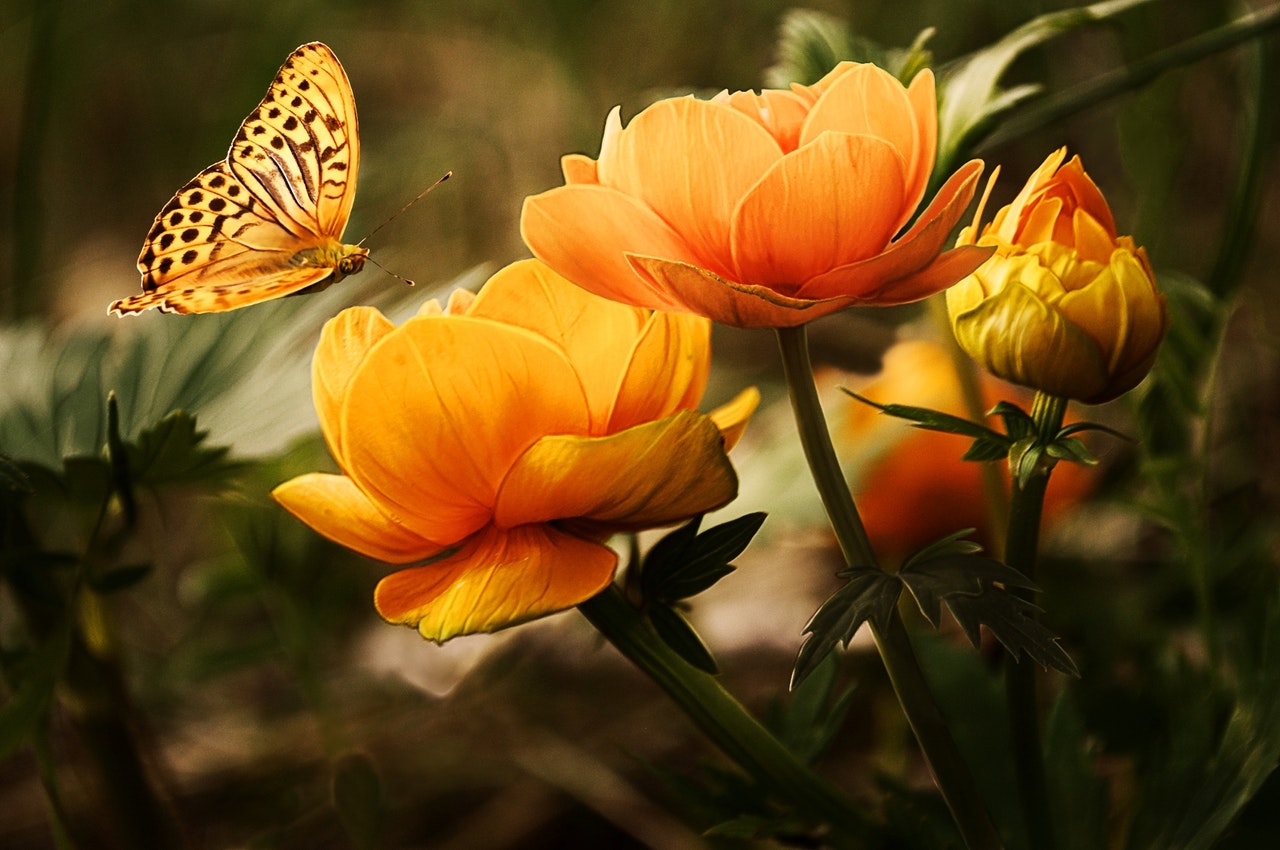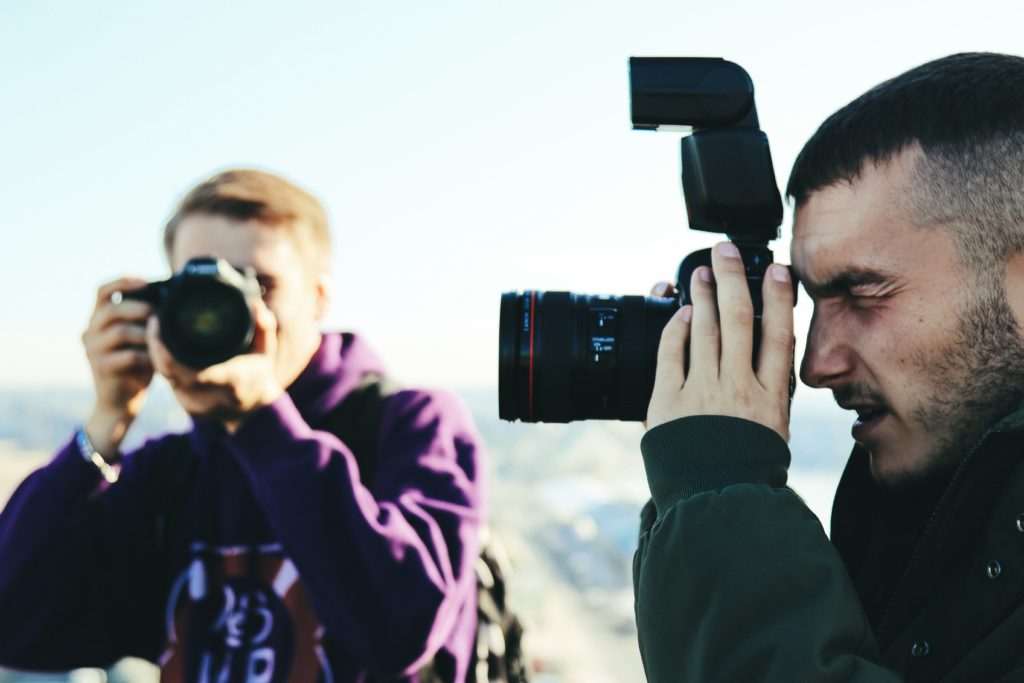Photographers walk around vast landscapes in search of striking compositions for a landscape photograph in which they include textures, patterns, and colors to create a stunning image. Have you stopped and looked closely at the elements that beautify these vast landscapes – especially during the spring and summer?
Many times it is the flowers that enhance the landscapes, and they come in various colors, sizes, and textures, adding vibrancy and drama to the landscape – so why not photograph them – better yet, they can be found in your front yard, backyard, parks, gardens, pathways, fields or anywhere you walk around.
Here are some tips on how to photograph a flower creatively
1. Approach A Flower Like You Would A Face
You want the viewer to be drawn into your image, so you need to isolate the flower, free of any background clutter or distraction, just like you would do for a portrait. If you are using cut flowers in your studio, you can use a backdrop or if you are shooting outdoors, using a wider aperture or use a long lens to zoom in on your subject to get amazing results.

Image by Engin_Akyurt
Note: If you want to show the abundance of flowers in a season, go wide, but make sure you give emphasis to the flowers and include some of the environment to add scale and meaning to the image. Look for lines and patterns.

Image by Alexandra_Koch
2. Get Up Close And Personal
You can get really close and fill the frame with the flower to show its features or use a macro lens to highlight certain features, parts or textures on the flower. You will be amazed at the possibilities when you start exploring the minute details you can photograph.

Image by Hans
3. Frames And Perspectives
Remember, it isn't necessary to include the whole flower in the image, instead just show the parts of a flower as abstracts, focus on aspects such as the petals or stamen, etc. Try different compositions such as the golden spiral to add a professional look to the image. Also, why not try shooting from ground level up, try other angles and maybe include the sky or a sunburst to create a compelling image.
4. Get Creative
If you are looking to add that extra punch to your flower images, spray them with some water or shoot early mornings when there are dew drops, frost or shoot after a shower so that you get an interesting, vibrant image where the sunlight will add beautiful features while being reflected/refracted through the drops of water.
Or, patiently wait for insects (or spiders!) to come into the frame to reinforce a connection with nature. Photographing a flower against a beautiful sky can lead to some stunning images, but, avoid harsh light.

Image by Larisa-K
5. Settings
To get all the parts of the flower in focus, try using a narrow aperture such as f/7 and above; manual focus is recommended. Use a tripod where necessary and, where light is insufficient, use a reflector. Look for contrasting backgrounds.
If you want to take your photography skills to the next level by knowing how to compose good images, be sure to check out Advanced Composition by Photzy.




